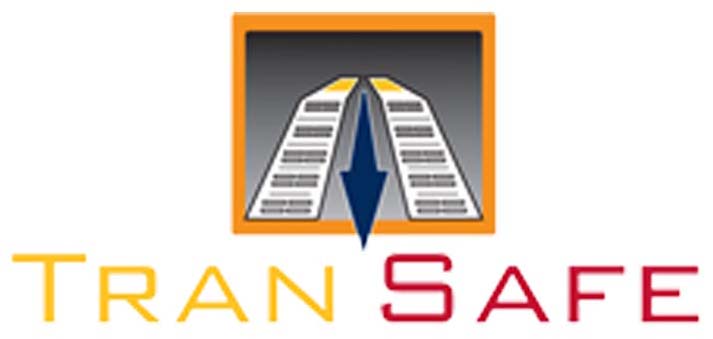Best Practices for Bariatric Patient Transport
Extrication Devices: The first order of business is to safely move the patient on to an extrication device that will help you get them to the ambulance cot. There are several devices specially designed for the bariatric patient:
- The Stryker Transfer-Flat is constructed with heavy-duty vinyl and reinforced with two-inch polyester webbing, providing a maximum weight capacity of 1,600 pounds. Twelve rigid lift handles provide maximum operator comfort and ample lift and leverage points for multiple providers to aid in the lift. The Transfer-Flat can be used alone to transport a patient or as a means to move a patient to another transfer device.
- The Manta Rescue Aid/Transfer Sheet from Ferno has an 800 lb. weight capacity and multiple hand-holds for additional staff to assist with a lift or move. Pockets at both ends can hold a backboard or the patient’s feet and head. The Manta is useful for transferring or lifting patients between surfaces and can also be used in conjunction with restraints to “wrap” bariatric patients and hold their bulk in a more secure way.
Ambulance Cots: Most ambulance cots are not suitable for bariatric patient transport. The Stryker MX-PRO Bariatric Transport offers a 1,600-pound weight capacity in its lowest position and maximum weight capacity of 850 pounds in all other positions. A wide wheel base provides stability during transport. The MX-PRO provides increased width, which helps to increase the patient’s comfort level, as well as the stability of the stretcher. Accessories for the MX-PRO Bariatric Transport include tow package, side lift handles, rigid push/pull handles and patient security handles.
Safely Transporting The Bariatric Patient Into The Ambulance
After the patient is safely packaged on the stretcher, they must be loaded into the ambulance for transport. What could be a complex and dangerous operation to both EMT and patient is made simple and safe when utilizing the Transafe XRS2400. The stability of the litter and patient is greatest when the stretcher is at its lowest point, so make sure to work with the stretcher at this position as much during the transport process as possible.
- Transporting a patient by utilizing a Wraptor Mattress that in effect converts to a patient body burrito will significantly help to center the patient’s weight onto the cot and ensure critical cot stability while providing patient comfort.
- If you have a spare person on scene, perhaps an engineer from an engine company, have them assemble the Transafe XRS2400 ramps required to load the patient once they’ve arrived at the transporting vehicle. An experienced operator can have the ramps set up and the winch deployed in a very short amount of time, readied to be attached to the stretcher by the time the crew arrives. This makes the operation seamless.
Stretchers have an attachment point where the winch cable attaches to the cot frame directly or with supplemental pull slings (provided with the Transafe XRS2400). Once the stretcher is attached, loading the patient onto the ramps is at least a two-person operation, with one rescuer operating the winch and the other(s) guiding the patient into the ambulance. Once the patient is in the ambulance, the cot can be locked into the usual cot restraint system. The Transafe XRS2400 ramps should then immediately be retracted and stowed back into the ambulance and your patient is safely on their way.
Patients should be made as comfortable as possible, with at least a 30-degree angle on the head of the stretcher to reduce shortness of breath. Use of a Wraptor Mattress goes a long way to help achieve this. Your receiving facility will need some advance notice to prepare for your arrival. Provide this, but with attention to the patient’s dignity. In several transports done by my local bariatric unit, the patient cried during the transport because of embarrassment. It is difficult for a sobbing patient to communicate wants and needs during the journey to definitive care. It is in everyone’s best interests, from both humanitarian and patient care standpoints, to do all we can to preserve patient dignity and modesty. Moves like this are complicated, but at no time should they ever become a show.
Once you arrive at definitive care, complete the earlier steps in reverse. The ramps attach to the rear of the ambulance, and the stretcher is lowered using one rescuer to control the winch and other(s) to guide the stretcher. Adequate help should be available at the facility to transfer the patient to the facility’s stretcher or bed.
Moving a bariatric patient involves special techniques and equipment. An ounce of prevention is truly worth a pound of crisis management on a scene. Knowing what to do can be the difference between a good patient/public encounter and a poor showing.
